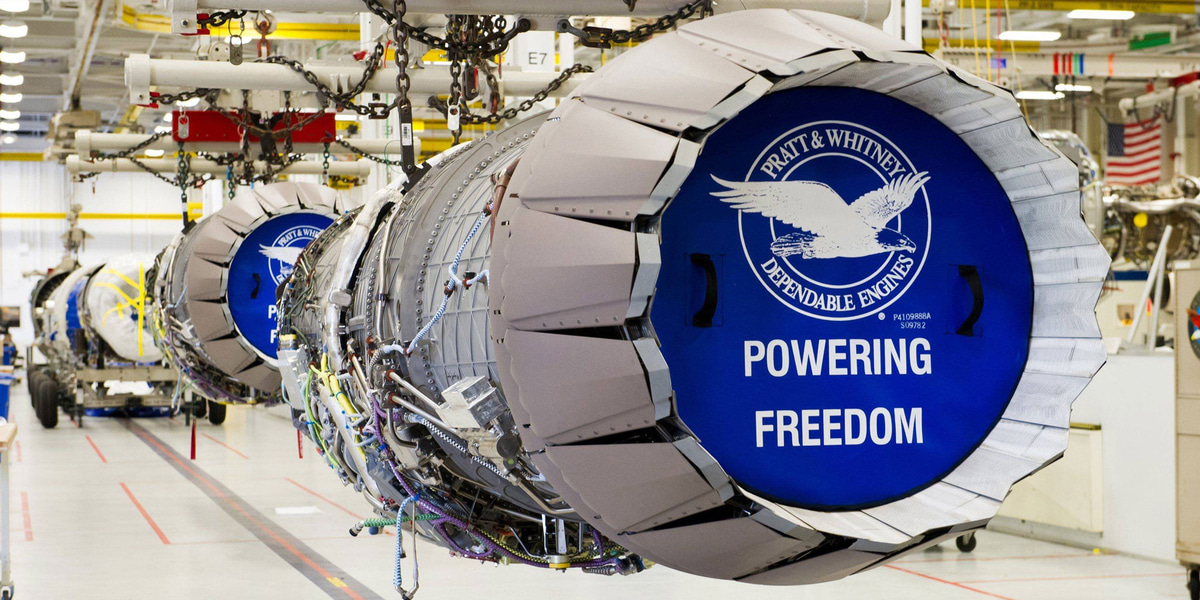Lockheed expects slowed production due to COVID-19, F-35 to be hit hardest
By Christen McCurdy

The first F-35A Lightning II assigned to the 354th Fighter Wing lands at Eielson Air Force Base, Alaska on Tuesday. Photo by Zade Vadnais/U.S. Air Force
UPI) -- Lockheed Martin expects lower sales and slower deliveries for some of its programs in in the coming months -- particularly the F-35.
In an earnings call, Marillyn Hewson, Lockheed's chairman, president and CEO, said the company has reduced its 2020 sales expectations due to disruptions caused by the COVID-19 pandemic.
Ken Possenriede, Lockheed's chief financial officer, said the F-35 program has been the hardest hit by the pandemic due to problems with the supply chain, with workforce disruption and shipping constraints among the issues.
Lockheed Martin is the world's largest defense contractor, supplying aircraft including the F-35, the C-130J, the C-5 and missiles and fire control programs for the Pentagon and allied militaries around the world.
The company said in a press release ahead of the call that it "is beginning to experience some issues in each of its business areas related to COVID-19, primarily in access to some locations and delays of supplier deliveries."
Officials added that the company expects that expectations for sales, earnings and cash flows could be impaired.
Lockheed reported $64 billion in net sales and $672 million in operating profit in the first quarter of 2020, versus $56 billion in net sales and $585 million operating profit in the first quarter of 2019.
According to Lockheed, that increase was primarily due to higher net sales of F-35s, which the contractor manufactures for the Air Force, Marine Corps and Navy, as well as several foreign militaries.
On Tuesday, Eielson Air Force Base in Fairbanks, Alaska, received its first two F-35A Lightning II fighter aircraft from Lockheed, with 52 more scheduled for delivery by the end of 2021.
Net sales for the F-35 program were up $695 million, and operating profit for the program increased by $80 million -- about the amount of money it costs to produce one F-35.
On Monday, Department of Defense officials said they anticipate a three-month delay across the Major Defense Acquisition program due to the pandemic, with undersecretary of defense acquisitions Ellen Lord saying aviation was "the most highly impacted" sector in defense contracting so far.
By Christen McCurdy
The first F-35A Lightning II assigned to the 354th Fighter Wing lands at Eielson Air Force Base, Alaska on Tuesday. Photo by Zade Vadnais/U.S. Air Force
UPI) -- Lockheed Martin expects lower sales and slower deliveries for some of its programs in in the coming months -- particularly the F-35.
In an earnings call, Marillyn Hewson, Lockheed's chairman, president and CEO, said the company has reduced its 2020 sales expectations due to disruptions caused by the COVID-19 pandemic.
Ken Possenriede, Lockheed's chief financial officer, said the F-35 program has been the hardest hit by the pandemic due to problems with the supply chain, with workforce disruption and shipping constraints among the issues.
Lockheed Martin is the world's largest defense contractor, supplying aircraft including the F-35, the C-130J, the C-5 and missiles and fire control programs for the Pentagon and allied militaries around the world.
The company said in a press release ahead of the call that it "is beginning to experience some issues in each of its business areas related to COVID-19, primarily in access to some locations and delays of supplier deliveries."
Officials added that the company expects that expectations for sales, earnings and cash flows could be impaired.
Lockheed reported $64 billion in net sales and $672 million in operating profit in the first quarter of 2020, versus $56 billion in net sales and $585 million operating profit in the first quarter of 2019.
According to Lockheed, that increase was primarily due to higher net sales of F-35s, which the contractor manufactures for the Air Force, Marine Corps and Navy, as well as several foreign militaries.
On Tuesday, Eielson Air Force Base in Fairbanks, Alaska, received its first two F-35A Lightning II fighter aircraft from Lockheed, with 52 more scheduled for delivery by the end of 2021.
Net sales for the F-35 program were up $695 million, and operating profit for the program increased by $80 million -- about the amount of money it costs to produce one F-35.
On Monday, Department of Defense officials said they anticipate a three-month delay across the Major Defense Acquisition program due to the pandemic, with undersecretary of defense acquisitions Ellen Lord saying aviation was "the most highly impacted" sector in defense contracting so far.


